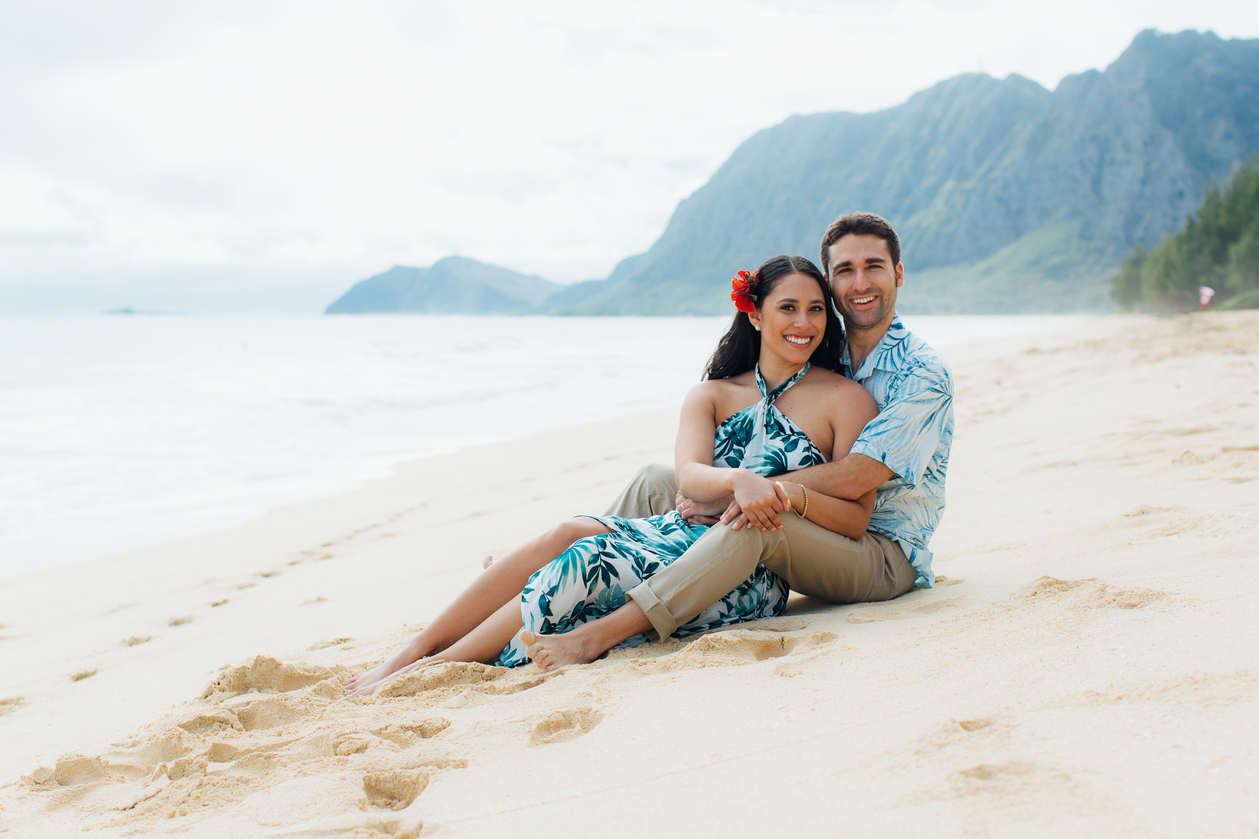FAQs

Question
You got married? I had no idea! How come you had such a short engagement?
Answer
We knew we wanted to get married, and were planning on it, even before we were "officially" engaged. We decided to have a very small, private ceremony with our immediate families to make it official. Some of you may know that we have to go through a lengthy immigration process. Planning a larger celebration is something we want to take our time with, and we hope to do so when the immigration process is complete!
Question
How did you manage to get married during COVID-19?
Answer
We were very fortunate to have been married just days before travel restrictions and stay-at-home orders were put into place in the United States and Europe. Our family was able to travel to Hawaii all the way from Spain, Italy and Germany. We were able to safely travel back to our respective homes (except Melissa's sister, Christine, who is safely waiting in Hawaii until its safe to travel back to Italy) and are following all government guidelines. As always, the health and safety of our family is our top priority.
Question
Why did you decide to get married in Hawai'i?
Answer
Melissa grew up in Hawai'i surrounded by the aloha spirit and the local Hawaiian culture. It was important for us to include elements of that in our wedding.
Question
What elements did you include in your Hawaiian wedding?
Answer
The wedding was presided over by a kahu (officiant) who starts the wedding with an 'oli, Hawaiian chant and opening blessing. The kahu collects water from the ocean to perform the pikai, the sprinkling of salt water to purify an area or person from spiritual contamination and harmful energies. The bride and groom exchanged Hawaiian vows, personal vows, and English vows. The wedding rings were blessed with the ocean water and exchanged. The bride and groom then shared a honi honi. The honi, or a Hawaiian kiss, is a Polynesian greeting in which two people greet each other by pressing noses and inhaling at the same time. This represents the exchange of ha--the breath of life, and mana--spiritual power between two people. In the sand ceremony, the one hānau, or "the sands of our birth," were poured into a jar to symbolize the bringing together of two lives into one. The sand we used was taken from Tarifa, Spain and Keawalua Beach, Hawaii, the location of our wedding ceremony.
Question
What is the meaning behind the florals?
Answer
The tradition of making and giving lei stems from ancient Hawai’i, when lei were used as for ceremonial purposes, as adornment. A lei is a common symbol of love, friendship, celebration, honor or greeting. In essence, it is a symbol of Aloha. The bride carried tropical flowers and wore a lei po'o, or haku, designed to be worn around the head during special occasions. The groom wore a maile lei, an open-ended lei draped loosely around the shoulders.
Question
When can we celebrate with you?
Answer
Due to COVID-19, all plans for celebrations are on hold. We're excited to celebrate with you in the future, whether in your city or ours! We hope to plan a small, local celebration in Washington D.C., and a larger Catholic ceremony in Spain 2021. Wishing you all health and safety, and looking forward to celebrating together!